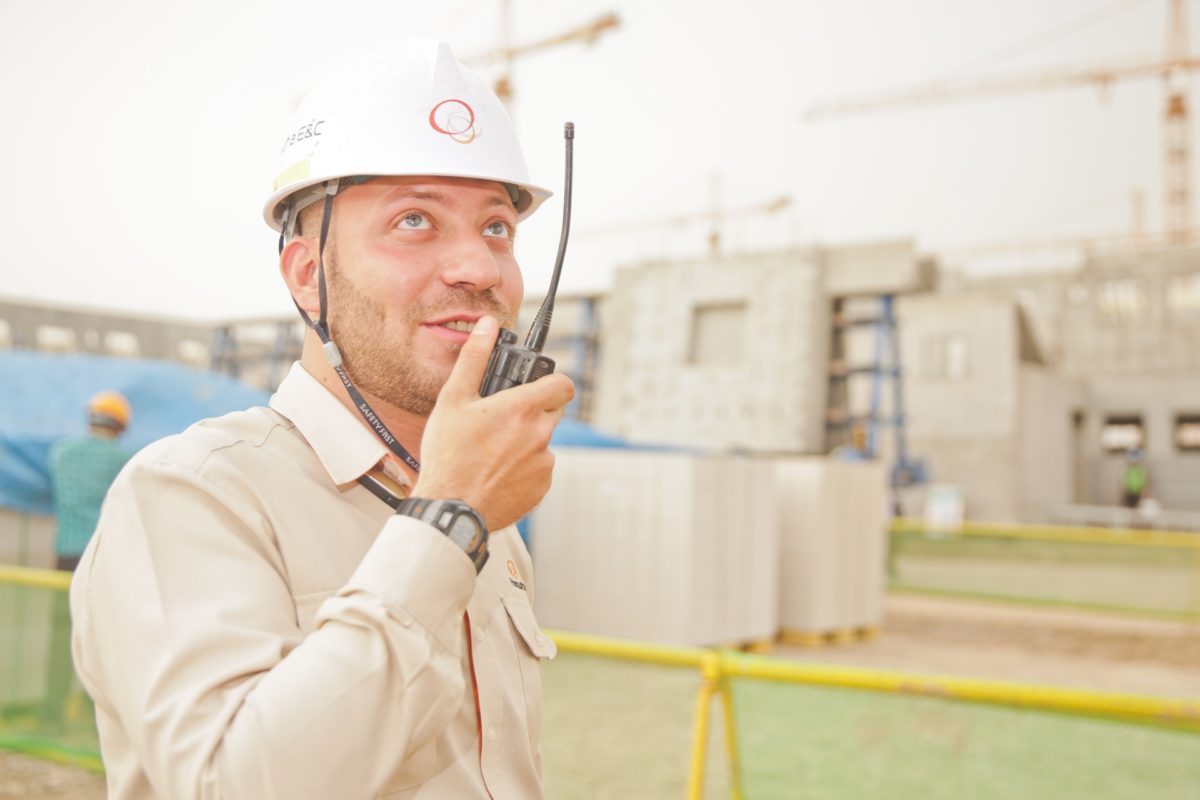Even if your subsoil appears to be completely dry, it will almost certainly contain moisture. Without waterproofing that dampness is gradually drawn up into your walls and floors as if sucked through a straw. Even if balanced by evaporation, the salts it contains effloresce at the surface, destroying plaster and decoration.
London has another groundwater problem in the form of underground streams – some from natural sources, others from leaking pipes and sewers. Many property owners have no idea that rivers course beneath their homes, and every so often they change direction and appear somewhere else. Many existing homes already need better structural waterproofing, and it is simply folly to invest in a basement construction project without a professional waterproofing strategy.
Basement Construction Waterproofing Strategies
Some British standard guidelines are clearly defined for waterproofing (for example, in BS8102:2009). They are divided into three main categories.
Type A describes external barriers applied to the finished surfaces of walls and floors. This approach is often called “tanking”, but many homeowners don’t realise that tanking is the weakest solution and only suitable if there is low hydrostatic pressure in the surrounding soil and low risk of any building movement or heavy traffic vibrations.
It’s a relatively quick and cheap solution when it is possible. Water-resistant membranes can come in the form of sheeting, slurries or liquid sprays. Often it is necessary to inject a sealant above basement level to prevent water simply rising inside the sealed wall.
Type B waterproofing involves creating new walls and floors that incorporate waterproofing rather than just having it applied at the surface. This can be a fairly simple matter of pouring high-quality water-resistant concrete. However, designing how the services enter and exit through the new barrier without impairing it is always a skilled job.
Type C describes drained solutions that rely on cavity drains and sumps to pump water away before it can endanger the interior. Good-quality sumps are highly reliable and operate silently. They require routine maintenance but are the best solution when the basement is being re-purposed as living space.
In practice, waterproofing treatments are often used in combination. In fact, using more than one waterproofing technology is often made a condition by warranty providers and by potential insurers.
Always Use Basement Specialists
Waterproofing is the one cost you should never skimp on. Fittings and furnishings can be put right later, but poor waterproofing can be fatal to your project.
In the 1980s “tanking” often consisted of little more than bitumen paint and rolls of polythene. Few stood the test of time. Today, there are many better products, including styrene butadiene latex, heat-welded co-polymer geomembranes, expanding water bars and geosynthetic clay liners impregnated with bentonite. Nevertheless, the secret of success is a professional assessment of local conditions and an experienced specialist workforce.

